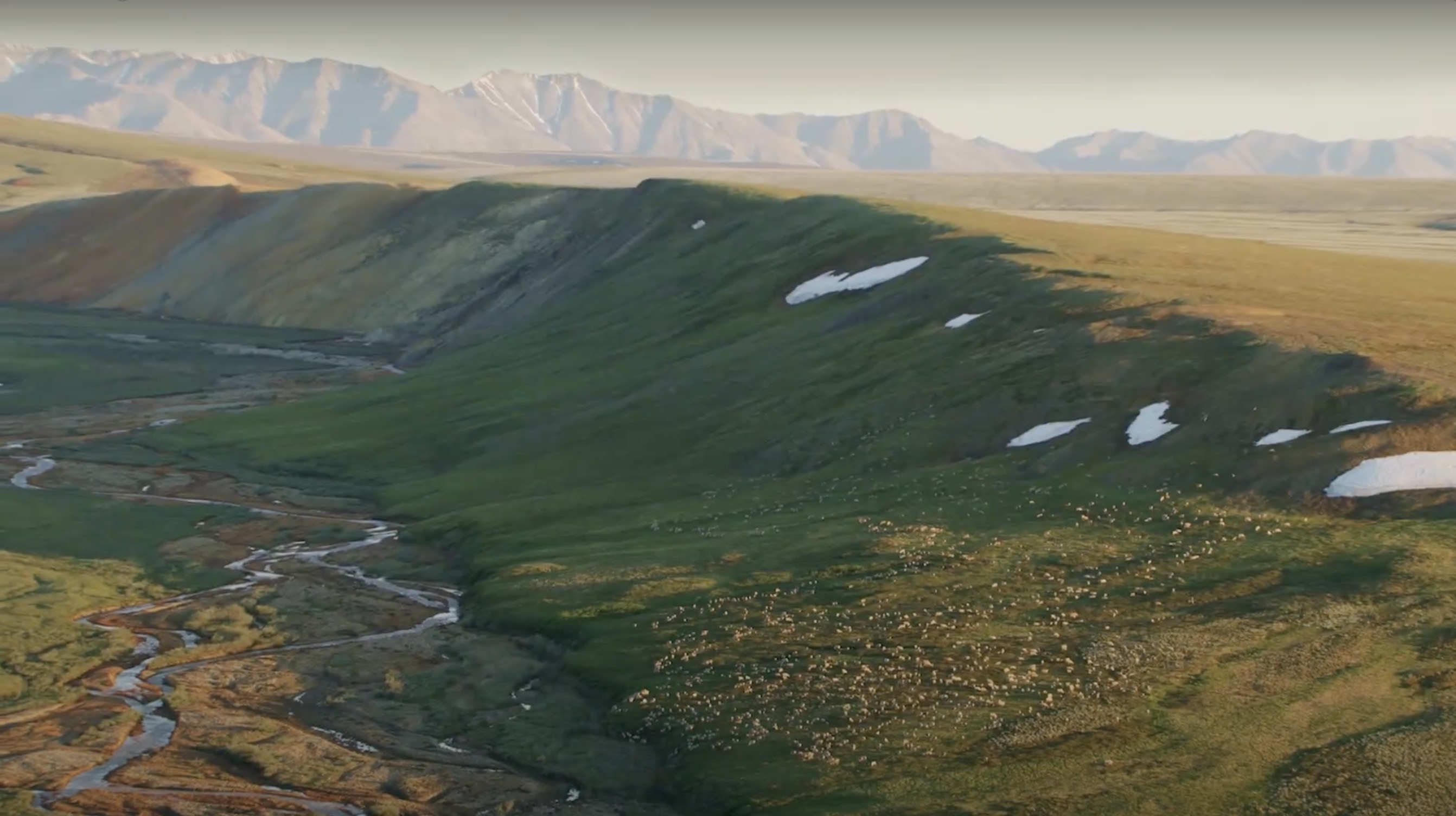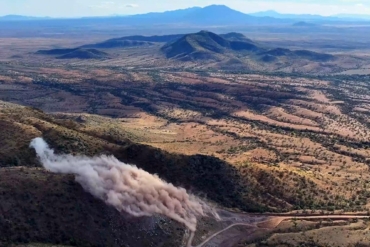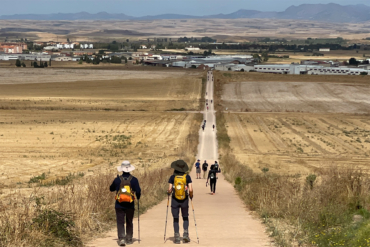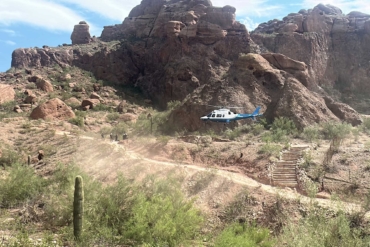Ranchers don’t like wolves and they never have. The apex canid predators tend to develop a taste for domesticated livestock when they get around it — particularly cattle.
That’s why wolves no longer exist in many states where they once flourished. Ranchers, farmers, trappers, and hunters ran them into extirpation across the U.S. By the 1930s, there were next to none left. As Daniel Curry explains in Patagonia’s latest feature-length film, Range Rider, killing wolves was a glorified profession in this country for many decades.
But the wolves are coming back. In some cases, they’re returning on their own. And in others, they’re being reintroduced through conservation efforts. In either case, their return is a double-edged sword. It creates greater balance within the ecosystem by adding a keystone predator to put healthy pressure on prey populations.
However, it’s also reigniting the old antagonism between wolves and ranchers as the predators hunt and kill livestock — and as some farmers kill the wolves to protect their livelihoods.
That’s why Curry, the first contracted range rider in the state of Washington, spends his days working year-round on non-lethal mitigation efforts in Washington’s Kettle River Range. He’s trying to train the area’s returning wolves to not see human livestock as a source of food. It’s a job that requires near-constant attention, hard work, and a lot of resources.
Patagonia follows Curry in its video, Range Rider, as he rides his horse around feeding cattle and fostering co-existence. He does this not just between wolves and livestock, but between wolves and people as well. Curry is on a mission to prove that’s possible. And as more states like Colorado pursue the reintroduction of wolves, the work he’s doing is going to become exponentially more important.
For more videos from Patagonia, check out the brand’s YouTube channel.
Runtime: 30 minutes







